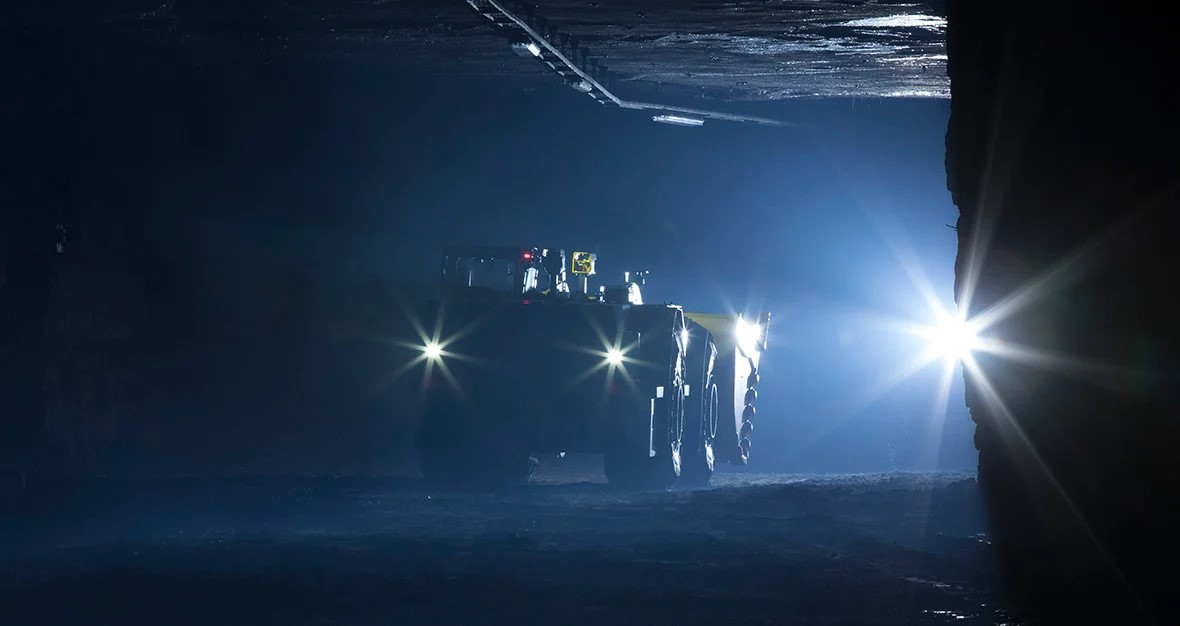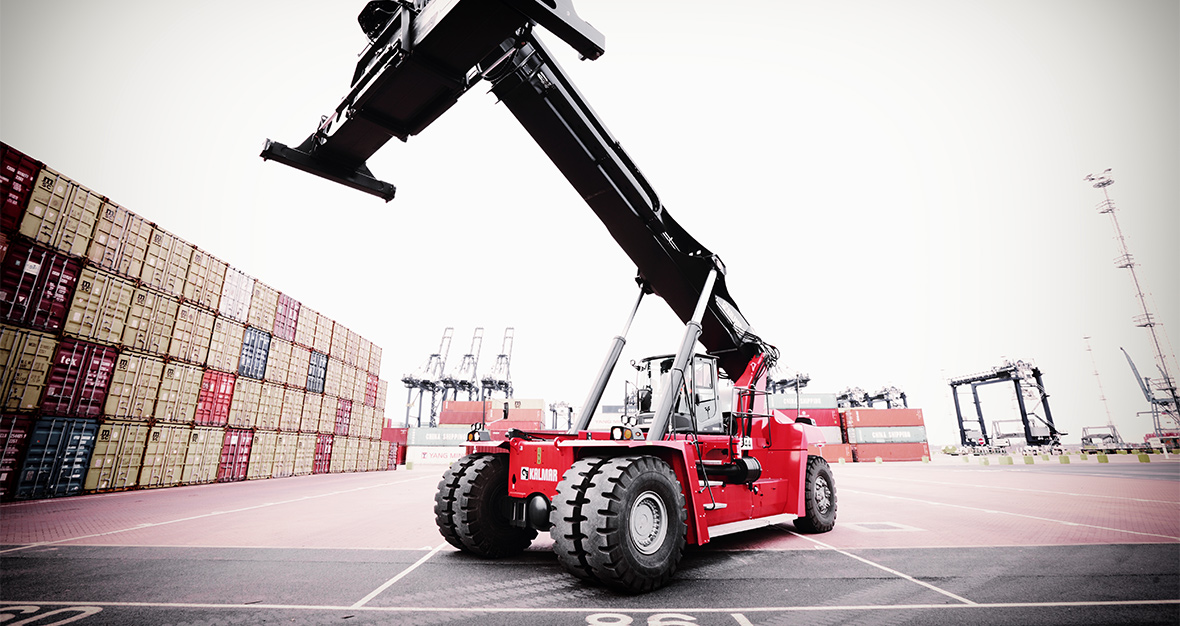Traditionally, we in the construction industry hold shorter meetings with all involved every third week or so to report on recent developments and clear up any questions. This meant that it could take several weeks to get the answer to a question or know if something was going as planned.
Now we're all in the same room and it takes minutes instead of weeks to get answers. This is an example of how we’ve made things more efficient now that we can increasingly take a parallel approach.
Emile Hamon at Veidekke.
It was here that a major challenge arose. The construction industry is conservative and it was difficult to get those who were not trained in VDC to understand why they should abandon a way of working they had always used before.
It was very difficult to get everyone on the same page. We were forced to stipulate in the contracts that subcontractors who wanted to work on project would have to work with us and each other full days instead of just coming in for short meetings as before.
Emile Hamon at Veidekke.
Reluctant colleague converted
The work method also requires all participants to put up Post-It notes to help visualise who is behind the various questions, what needs to be done, whether there are any unanswered questions and so forth. This provides excellent awareness of how work is progressing and the measures that need to be taken, but the concept is not appreciated by all.
On one of the first projects, there was an architect with a solid reputation who was nearing the end of his career. We asked him to put up his note to the left to start the project. He then walked up and very demonstratively placed the note to the right of the board.
Emile Hamon at Veidekke.
After a while though, the benefits became obvious even to those who initially were more reluctant.
By the end of the project, the architect came up to me and said that he hadn't wanted to change his way of working on one of his final projects, but as it turned out, it had actually been among the best he'd ever been a part of. So feedback after the project was very positive.
Emile Hamon at Veidekke.
New engineering graduates expect this
Being persistent and tenacious are necessary for succeeding with implementation of VDC, according to Emile Hamon. And there is no doubt that it is worth the initial difficulties.
It gives us the capability to be much more efficient. Moreover, it helps us with recruiting since new engineering graduates expect to be able to work like this. With the benefits this provides, this will undoubtedly become the construction industry's standard way of working in the future.
Emile Hamon at Veidekke.
About Virtual Design and Construction (VDC)
Virtual Design and Construction, VDC, is a method in which entire construction projects are visualised in a virtual model before construction begins. It can be said that VDC consists of three parts. The building information model that describes how one creates a virtual model; an idea of how one should organise work around the model; and then the entire process for using this on the project.
VDC makes it easier, for example, to conduct collision checks, to improve cost control since it goes quickly to see how much material is needed, and it is also easier to work mobile due to all information being digital.




